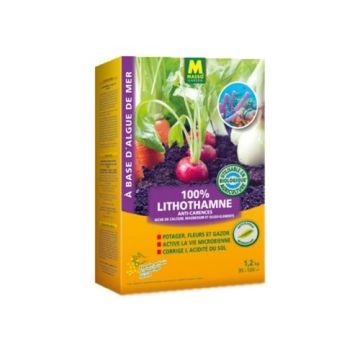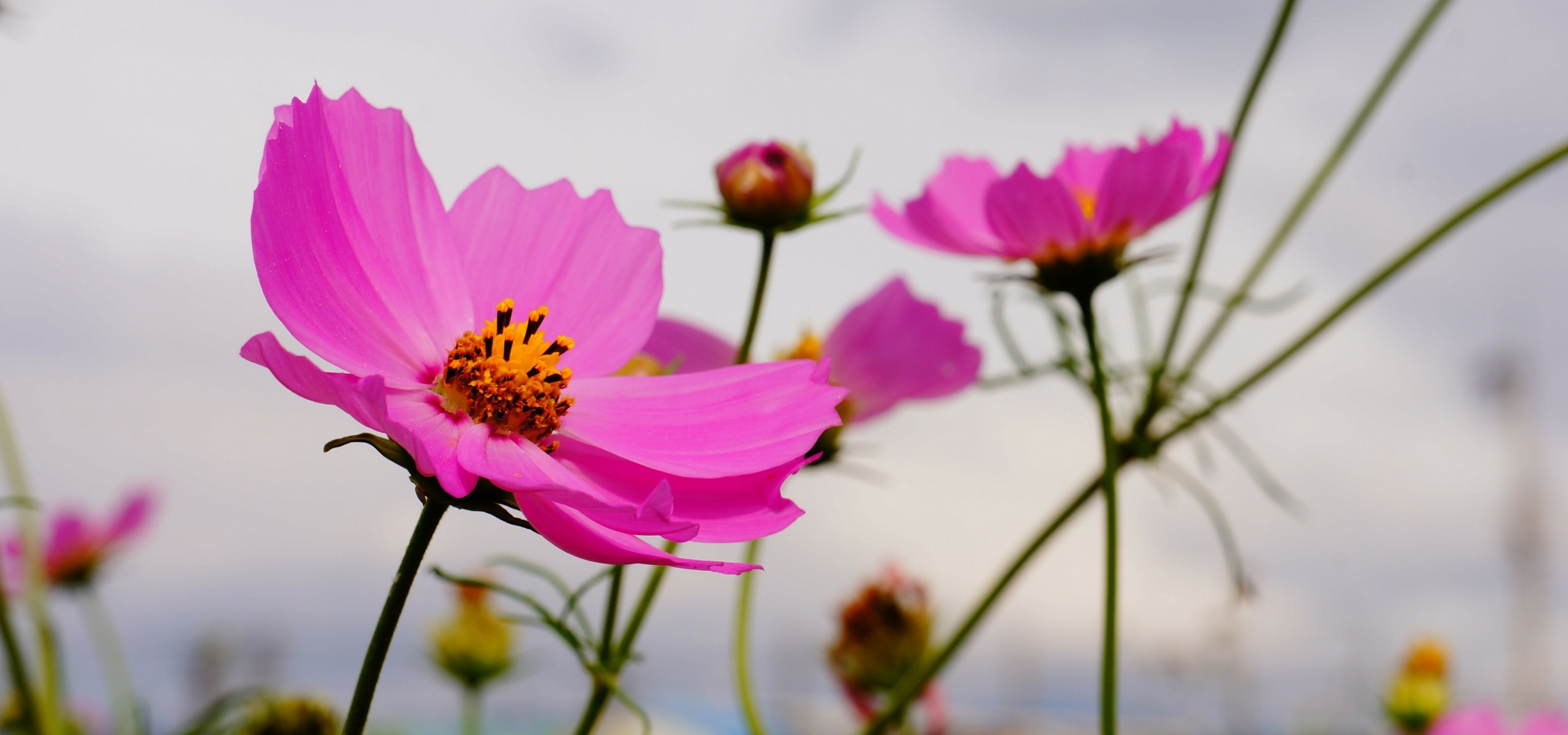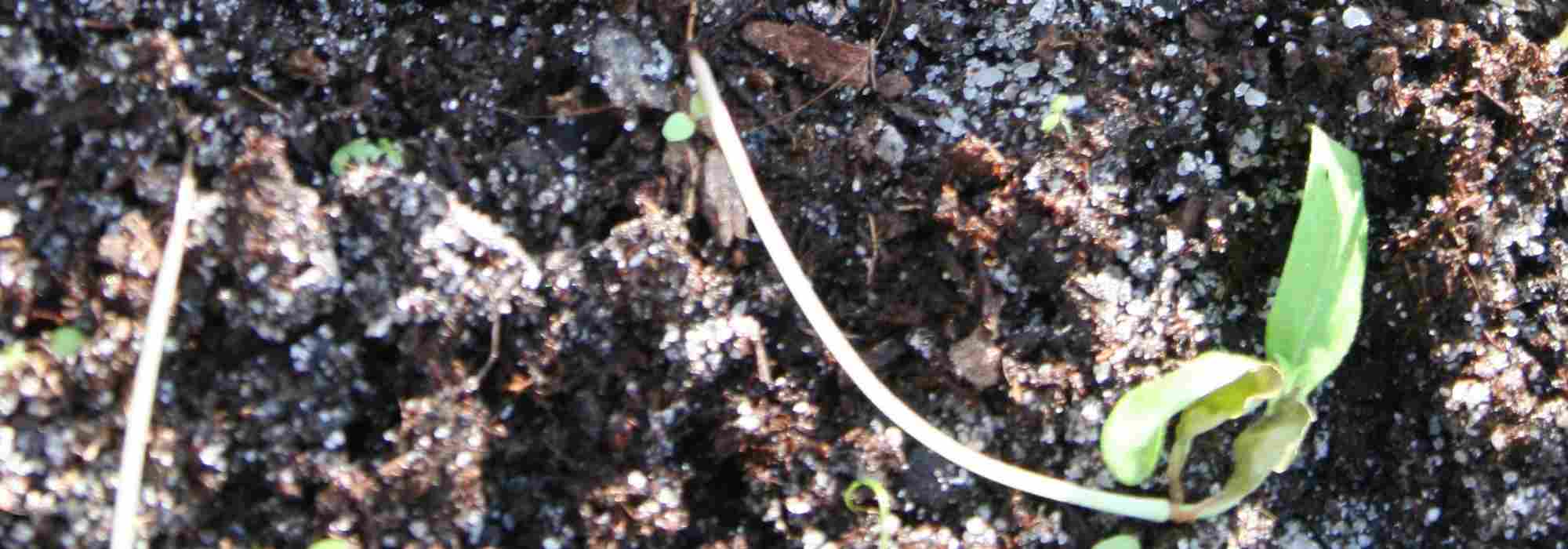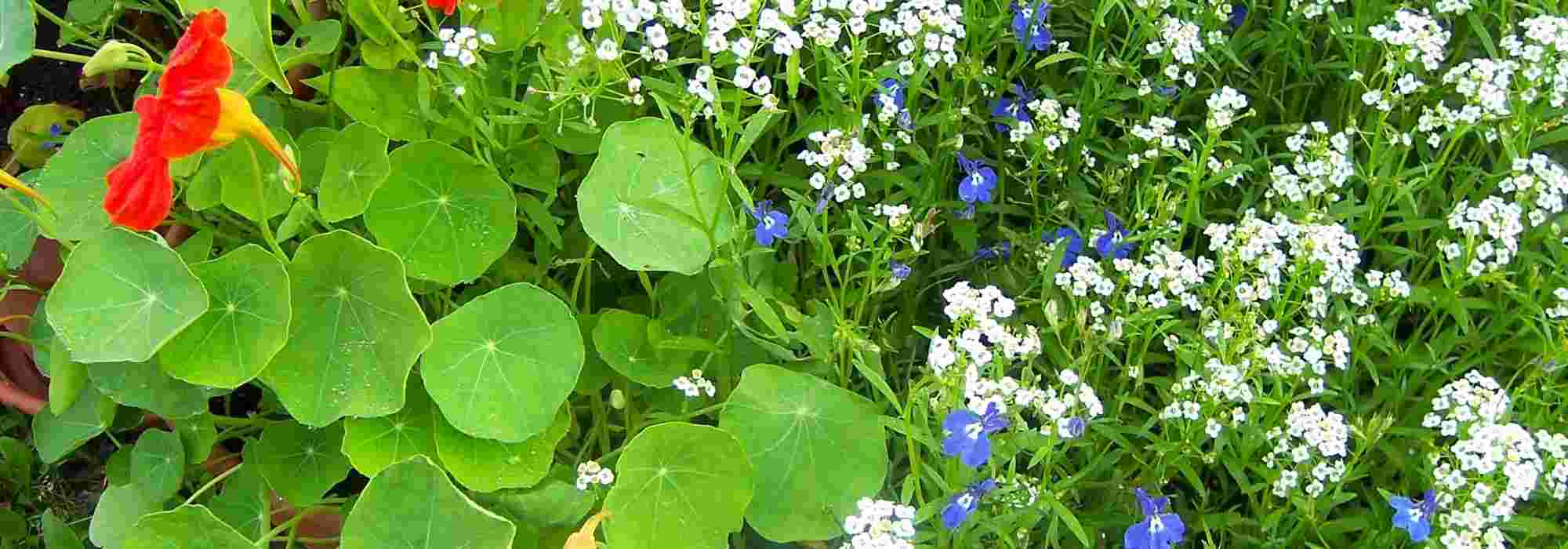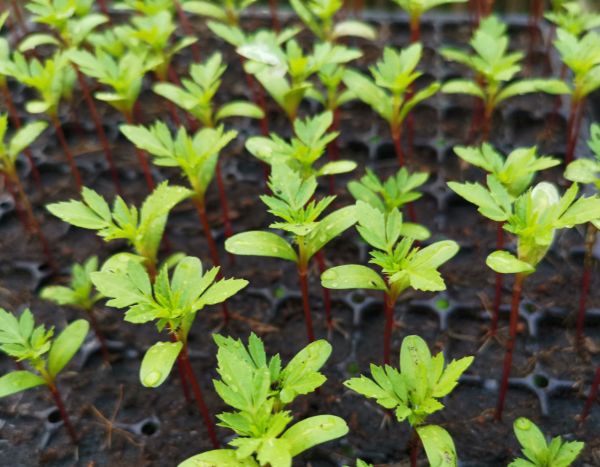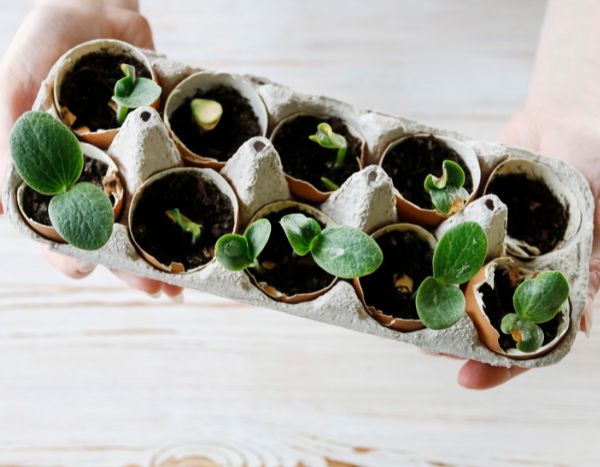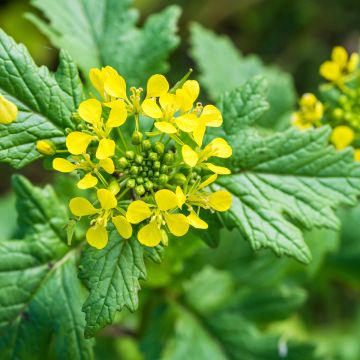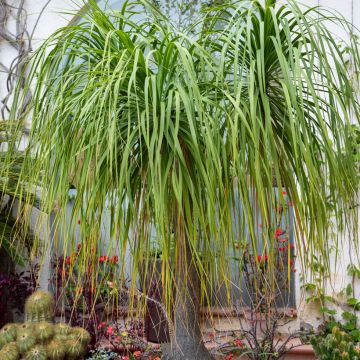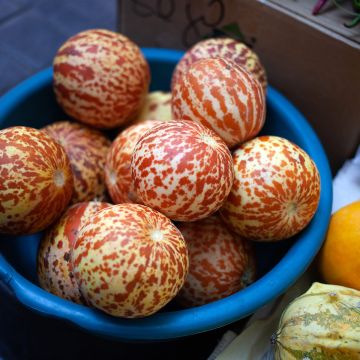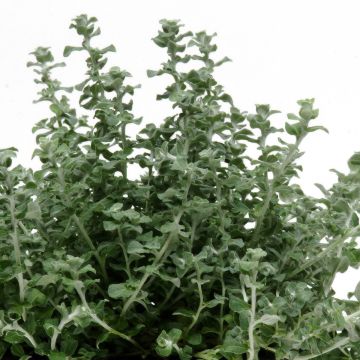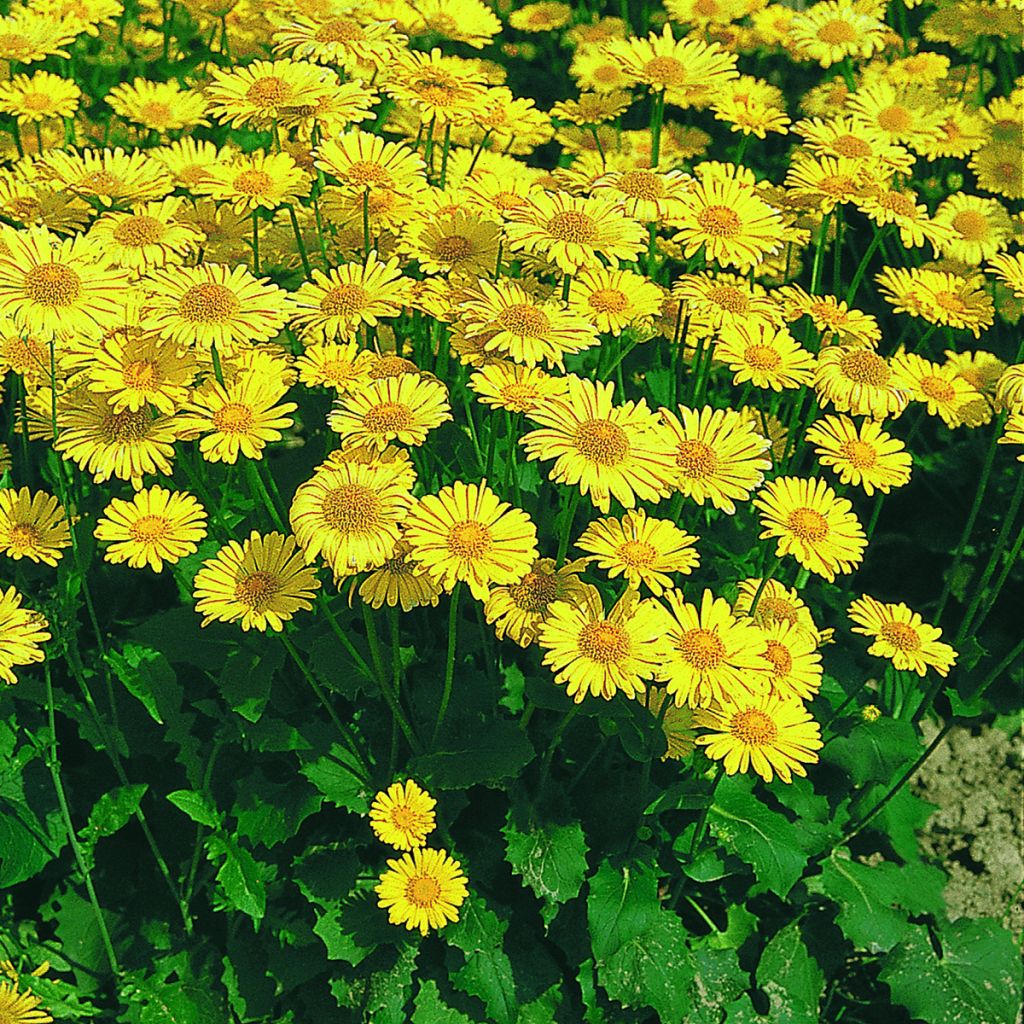

Doronicum Little Leo seeds - Leopard's bane
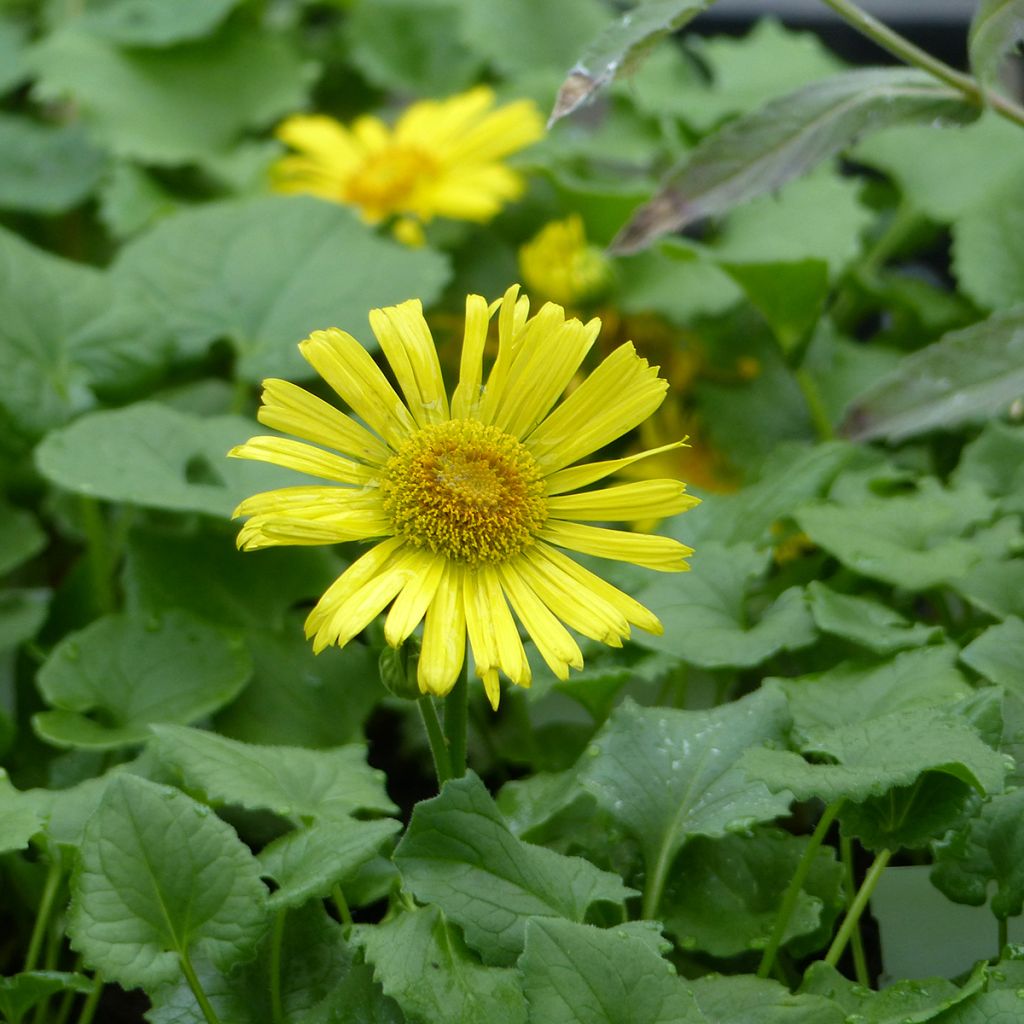

Doronicum Little Leo seeds - Leopard's bane
Doronicum Little Leo seeds - Leopard's bane
Doronicum caucasicum Little Leo
Doronic du Caucase Little Leo, Doronic oriental Little Leo
Special offer!
Receive a €20 voucher for any order over €90 (excluding delivery costs, credit notes, and plastic-free options)!
1- Add your favorite plants to your cart.
2- Once you have reached €90, confirm your order (you can even choose the delivery date!).
3- As soon as your order is shipped, you will receive an email containing your voucher code, valid for 3 months (90 days).
Your voucher is unique and can only be used once, for any order with a minimum value of €20, excluding delivery costs.
Can be combined with other current offers, non-divisible and non-refundable.
Home or relay delivery (depending on size and destination)
Schedule delivery date,
and select date in basket
This plant carries a 6 months recovery warranty
More information
We guarantee the quality of our plants for a full growing cycle, and will replace at our expense any plant that fails to recover under normal climatic and planting conditions.
Would this plant suit my garden?
Set up your Plantfit profile →
Description
Growing 'Little Leo' Leopard's Bane from seed allows you to easily grow this essential spring perennial to bring a touch of sunshine to the shaded areas of the garden. Its compact, bushy habit, combined with early and vibrant flowering, makes it an ideal choice for borders, shady rockeries, or woodland plantings. This variety produces pretty golden-yellow daisies held above dark green, heart-shaped foliage, on a clump approximately 30 cm high. It is hardy and easy-going, preferring moist, humus-bearing, but well-drained soil, and partial shade, although it tolerates gentle sun if the soil remains moist. In pots or in the ground, it is perfect for structuring spring compositions but requires protection from prolonged summer drought.
Doronicum caucasicum or Doronicum orientale ‘Little Leo’, commonly known as Leopard's Bane, is a herbaceous perennial plant from the Asteraceae family. This compact cultivar, derived from the Doronicum caucasicum species native to southeastern Europe and the Caucasus, is distinguished by its early flowering and reduced size, ideal for borders and small spaces. 'Little Leo' forms a dense clump with a rounded habit, reaching approximately 25 to 35 cm in height and width. Its growth is rapid, with abundant flowering from early spring. The basal, heart-shaped, toothed leaves are a glossy dark green, creating a striking contrast with the golden-yellow flowers. The inflorescences, flower heads, measure 5 to 8 cm in diameter and feature semi-double to double flowers, emerging on erect stems above the foliage. Flowering extends from April to May, providing an early source of nectar for pollinators. In a temperate climate, the plant may enter summer dormancy if conditions become too dry or hot, with the foliage partially disappearing until autumn. The root system consists of thick rhizomes, allowing for slow but regular spread of the plant.
Doronicum caucasicum 'Little Leo' establishes itself as a sunny touch at the heart of partially shaded areas. Its bright yellow flowering, from early spring, offers a striking contrast with the silvery foliage of Brunnera macrophylla 'Jack Frost'. To accentuate this atmosphere, pairing it with Pulmonaria officinalis 'Sissinghurst White' adds further softness thanks to its delicate white flowers and spotted foliage. Finally, the deep purple foliage of Heuchera 'Palace Purple' introduces depth, highlighting the luminosity of the Doronicum. Together, these plants compose a refined spring scene, ideal for shaded borders or light woodland.
Report an error about the product description
Doronicum Little Leo seeds - Leopard's bane in pictures


Flowering
Foliage
Plant habit
Botanical data
Doronicum
caucasicum
Little Leo
Asteraceae
Doronic du Caucase Little Leo, Doronic oriental Little Leo
Doronicum orientale Little Leo
Cultivar or hybrid
Planting and care
Sow Doronicum Little Leo seeds in early spring from March to April in a good quality sowing compost, barely covering them as light aids germination. Keep the soil moist but not waterlogged. You'll need to wait between 10 to 15 days to see the young shoots appear if you've carefully maintained the seeds at an ambient temperature between 15 and 18°C.
When the seedlings are strong enough to handle, transplant them into larger buckets to gradually acclimatise them to outdoor temperatures for about ten days. Once all risk of frost has passed, transplant the shoots into a very sunny and well-drained location, spacing them at least 40 cm apart.
Sowing period
Intended location
Planting & care advice
This item has not been reviewed yet - be the first to leave a review about it.
Similar products
Haven't found what you were looking for?
Hardiness is the lowest winter temperature a plant can endure without suffering serious damage or even dying. However, hardiness is affected by location (a sheltered area, such as a patio), protection (winter cover) and soil type (hardiness is improved by well-drained soil).

Photo Sharing Terms & Conditions
In order to encourage gardeners to interact and share their experiences, Promesse de fleurs offers various media enabling content to be uploaded onto its Site - in particular via the ‘Photo sharing’ module.
The User agrees to refrain from:
- Posting any content that is illegal, prejudicial, insulting, racist, inciteful to hatred, revisionist, contrary to public decency, that infringes on privacy or on the privacy rights of third parties, in particular the publicity rights of persons and goods, intellectual property rights, or the right to privacy.
- Submitting content on behalf of a third party;
- Impersonate the identity of a third party and/or publish any personal information about a third party;
In general, the User undertakes to refrain from any unethical behaviour.
All Content (in particular text, comments, files, images, photos, videos, creative works, etc.), which may be subject to property or intellectual property rights, image or other private rights, shall remain the property of the User, subject to the limited rights granted by the terms of the licence granted by Promesse de fleurs as stated below. Users are at liberty to publish or not to publish such Content on the Site, notably via the ‘Photo Sharing’ facility, and accept that this Content shall be made public and freely accessible, notably on the Internet.
Users further acknowledge, undertake to have ,and guarantee that they hold all necessary rights and permissions to publish such material on the Site, in particular with regard to the legislation in force pertaining to any privacy, property, intellectual property, image, or contractual rights, or rights of any other nature. By publishing such Content on the Site, Users acknowledge accepting full liability as publishers of the Content within the meaning of the law, and grant Promesse de fleurs, free of charge, an inclusive, worldwide licence for the said Content for the entire duration of its publication, including all reproduction, representation, up/downloading, displaying, performing, transmission, and storage rights.
Users also grant permission for their name to be linked to the Content and accept that this link may not always be made available.
By engaging in posting material, Users consent to their Content becoming automatically accessible on the Internet, in particular on other sites and/or blogs and/or web pages of the Promesse de fleurs site, including in particular social pages and the Promesse de fleurs catalogue.
Users may secure the removal of entrusted content free of charge by issuing a simple request via our contact form.
The flowering period indicated on our website applies to countries and regions located in USDA zone 8 (France, the United Kingdom, Ireland, the Netherlands, etc.)
It will vary according to where you live:
- In zones 9 to 10 (Italy, Spain, Greece, etc.), flowering will occur about 2 to 4 weeks earlier.
- In zones 6 to 7 (Germany, Poland, Slovenia, and lower mountainous regions), flowering will be delayed by 2 to 3 weeks.
- In zone 5 (Central Europe, Scandinavia), blooming will be delayed by 3 to 5 weeks.
In temperate climates, pruning of spring-flowering shrubs (forsythia, spireas, etc.) should be done just after flowering.
Pruning of summer-flowering shrubs (Indian Lilac, Perovskia, etc.) can be done in winter or spring.
In cold regions as well as with frost-sensitive plants, avoid pruning too early when severe frosts may still occur.
The planting period indicated on our website applies to countries and regions located in USDA zone 8 (France, United Kingdom, Ireland, Netherlands).
It will vary according to where you live:
- In Mediterranean zones (Marseille, Madrid, Milan, etc.), autumn and winter are the best planting periods.
- In continental zones (Strasbourg, Munich, Vienna, etc.), delay planting by 2 to 3 weeks in spring and bring it forward by 2 to 4 weeks in autumn.
- In mountainous regions (the Alps, Pyrenees, Carpathians, etc.), it is best to plant in late spring (May-June) or late summer (August-September).
The harvesting period indicated on our website applies to countries and regions in USDA zone 8 (France, England, Ireland, the Netherlands).
In colder areas (Scandinavia, Poland, Austria...) fruit and vegetable harvests are likely to be delayed by 3-4 weeks.
In warmer areas (Italy, Spain, Greece, etc.), harvesting will probably take place earlier, depending on weather conditions.
The sowing periods indicated on our website apply to countries and regions within USDA Zone 8 (France, UK, Ireland, Netherlands).
In colder areas (Scandinavia, Poland, Austria...), delay any outdoor sowing by 3-4 weeks, or sow under glass.
In warmer climes (Italy, Spain, Greece, etc.), bring outdoor sowing forward by a few weeks.
































